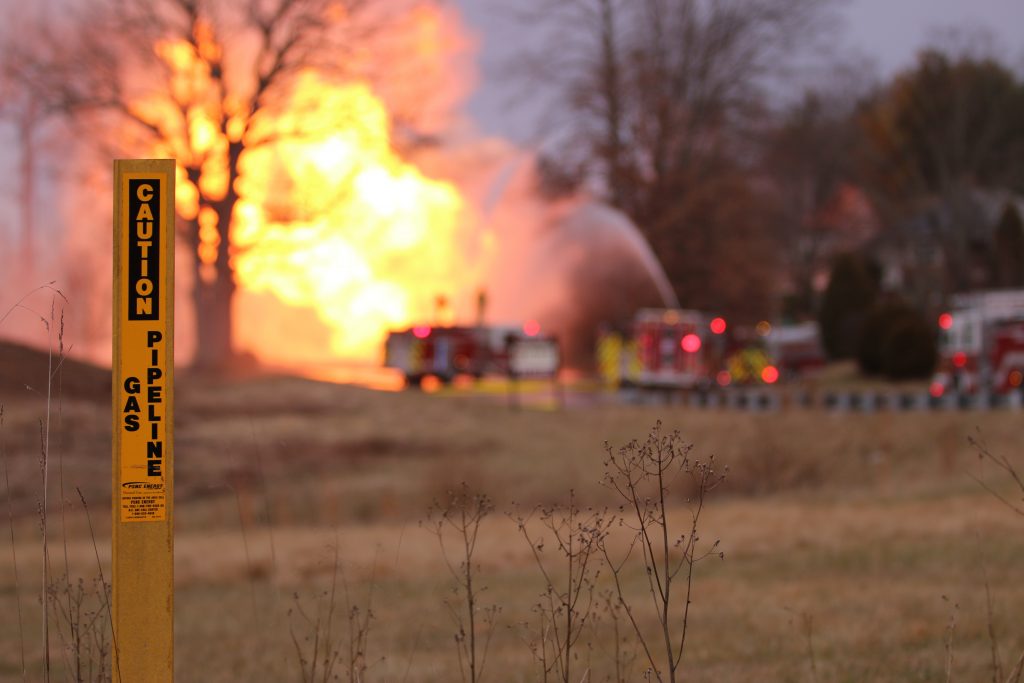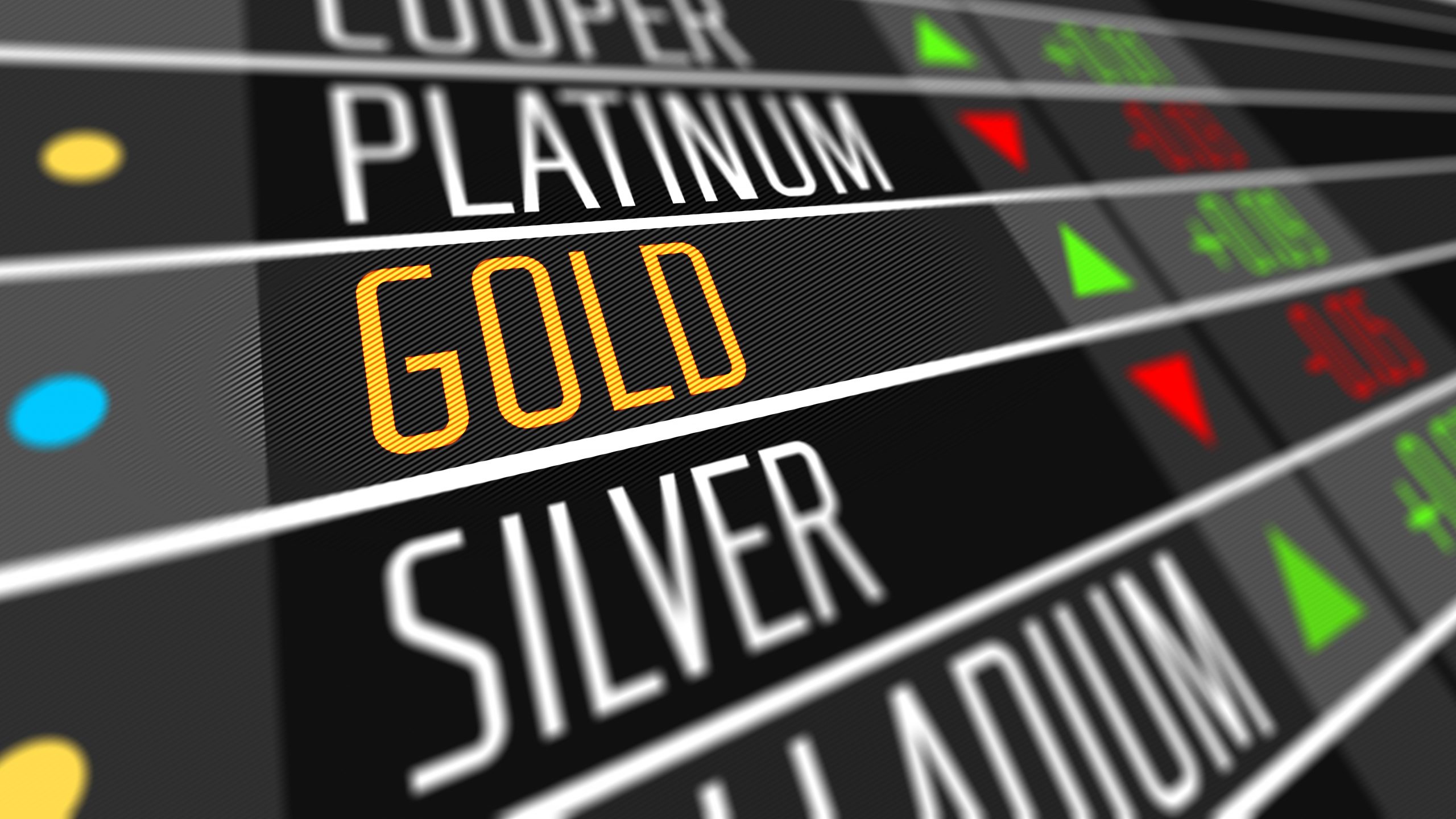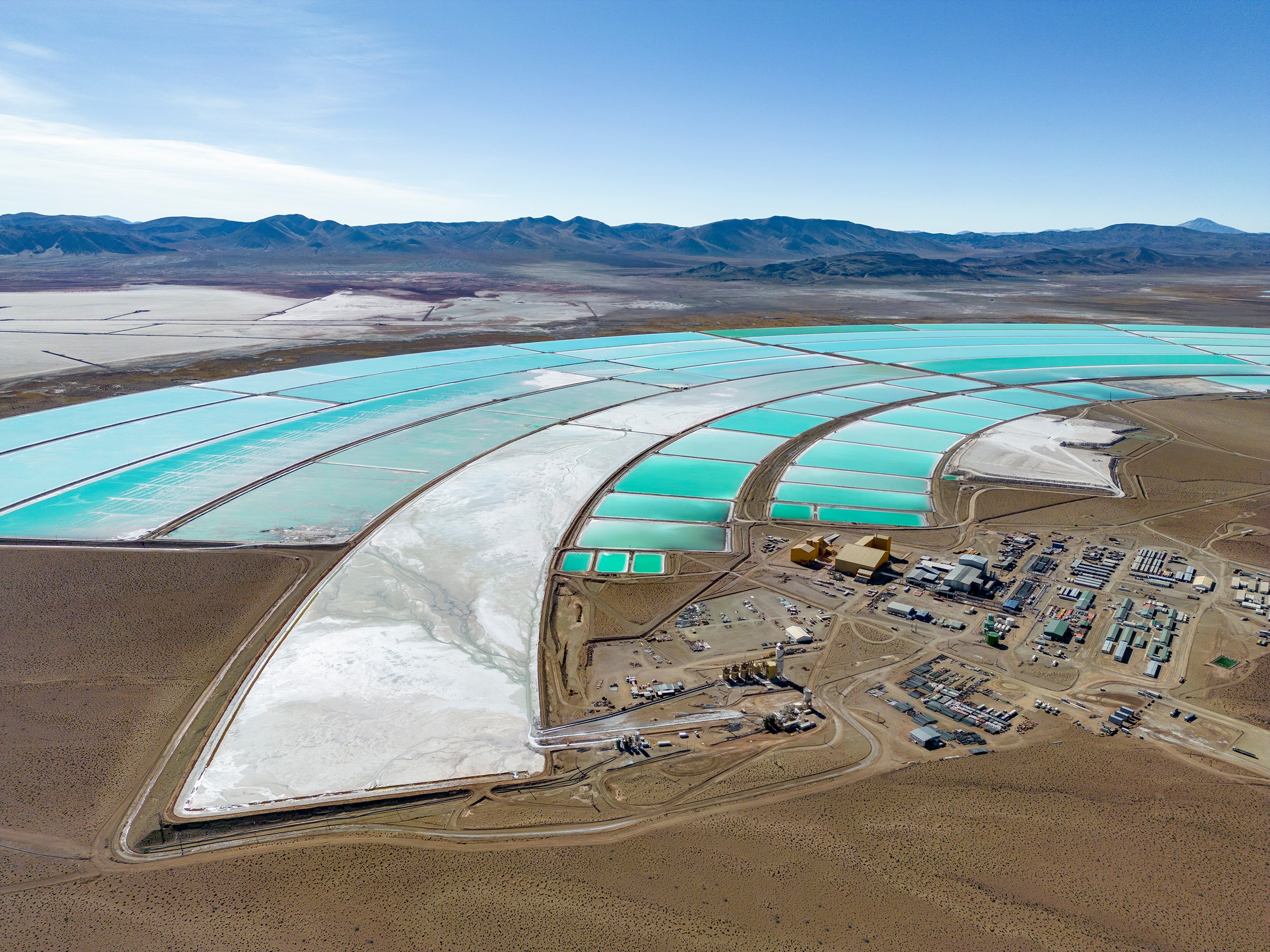Nat Gas Ignites Explosive Rally

The tech trade has dominated the headlines since March, but other niches of the financial markets are starting to make waves, too.
One rising star is natural gas, which notched an 18-month high on Monday. This punctuated an explosive run that has seen nat gas prices rally over 50% in just a few months.
While the price action itself has been impressive, it’s the dramatic reversal of fortunes that has left many observers in awe. That’s because this past summer, when the stock market was rallying off its March lows, natural gas prices were actually falling deeper into the abyss.
Back in June, benchmark natural gas prices—commonly referred to as the “Henry Hub spot price”—dropped to an average of $1.63/MMBtu, which was the lowest price on record since 1989. Moreover, there were actually some corners of the energy markets that recorded negative natural gas prices, much like what was observed in crude oil markets earlier this year.
Fast-forwarding to the present, the Henry Hub spot price for natural gas has now risen above $2.80/MMBtu and has even threatened to break above $3/MMBtu on Oct. 12.
Not surprisingly, the rally in underlying prices has had broader market ramifications. Stocks with heavy exposure to nat gas have experienced a reversal of fortunes of late, with many lifting off of multi-year lows.
Cabot Corporation (CBT) dropped down to about $21/share when nat gas prices plummeted earlier this year, but the stock is now back above $40/share. EQT Corporation (EQT), which is heavily exposed to the natural gas industry, has experienced a similar rebound: EQT has rallied about 30% since late June.
On the other hand, the euphoria hasn’t yet translated to victory for Kinder Morgan (KMI), with the company’s stock actually trading for a lower price today than it was in July, at roughly $12.50/share.
In terms of the turnaround narrative, the recent rally can be directly tied to shifting conditions in the marketplace. Over the last several years, natural gas production and inventories have been steadily rising, which put downward pressure on price. So when the pandemic started, and demand fell off a cliff, prices followed suit, dropping down toward those historic lows.
Prices likely would have remained there, except the new competitive environment forced many companies—even outside the United States—to cut production. Some companies even took things a step further and canceled plans for expansion.
The result has been a more balanced market in terms of supply and demand.
One must also bear in mind that U.S. natural gas prices tend to be leveraged to the weather, mostly because the primary use of natural gas is to provide the energy necessary for cooling and heating homes. The current forecast in the states calls for a cooler-than-expected start to winter, which has provided a ray of optimism for nat gas prices and has likely “fueled” (pun intended) the recent rally.
The weather will undoubtedly play a big role in where natural gas prices go from here, and traders of this commodity should be cognizant of that before entering new positions.
The great thing about trading natural gas is that there are so many different ways to get involved, whether it be natural gas futures and futures options, or natural gas-focused stocks/ETFs and associated equity options.
Traditionally, natural gas is also frequently paired off with crude oil, which opens up yet another avenue for playing the recent rally.
Readers seeking to learn more about the natural gas trade may want to review some helpful resources on the tastytrade financial network when timing allows:
- Futures Measures: Trading Natural Gas Futures and Options
- Options Jive: Natural Gas Options Overstatement
- Futures Pairs: Crude Oil vs. Natural Gas
Sage Anderson is a pseudonym. The contributor has an extensive background in trading equity derivatives and managing volatility-based portfolios as a former prop trading firm employee. The contributor is not an employee of Luckbox, tastytrade or any affiliated companies. Readers can direct questions about any of the topics covered in this blog post, or any other trading-related subject, to support@luckboxmagazine.com.




















